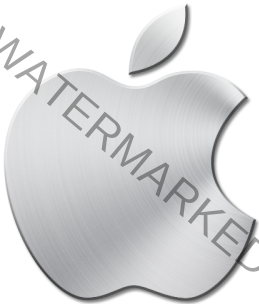The difference between upgrade and update depends on the context, but in general:
1. Software & OS
- Update → Small fixes, security patches, or minor improvements within the same version (e.g., macOS 14.3 → macOS 14.4).
- Upgrade → A major version change with new features and significant changes (e.g., macOS 13 Ventura → macOS 14 Sonoma).
2. Hardware
- Update → Firmware or driver improvements (e.g., updating an SSD’s firmware for better performance).
- Upgrade → Replacing components for better performance (e.g., upgrading RAM from 16GB to 32GB or swapping a GPU).
3. Cloud & Virtualization
- Update → Incremental patches to VMs, Kubernetes clusters, or cloud services.
- Upgrade → Moving to a new major release, which may involve downtime or configuration changes (e.g., upgrading ESXi 7.0 → 8.0).
4. Networking & Storage
- Update → Firmware or driver patches (e.g., NIC driver update for better RDMA support).
- Upgrade → Replacing switches, HBAs, or storage arrays for higher performance (e.g., upgrading from 10GbE to 100GbE or from SATA SSDs to NVMe).
